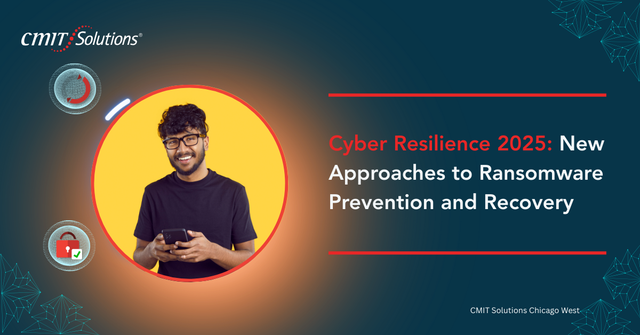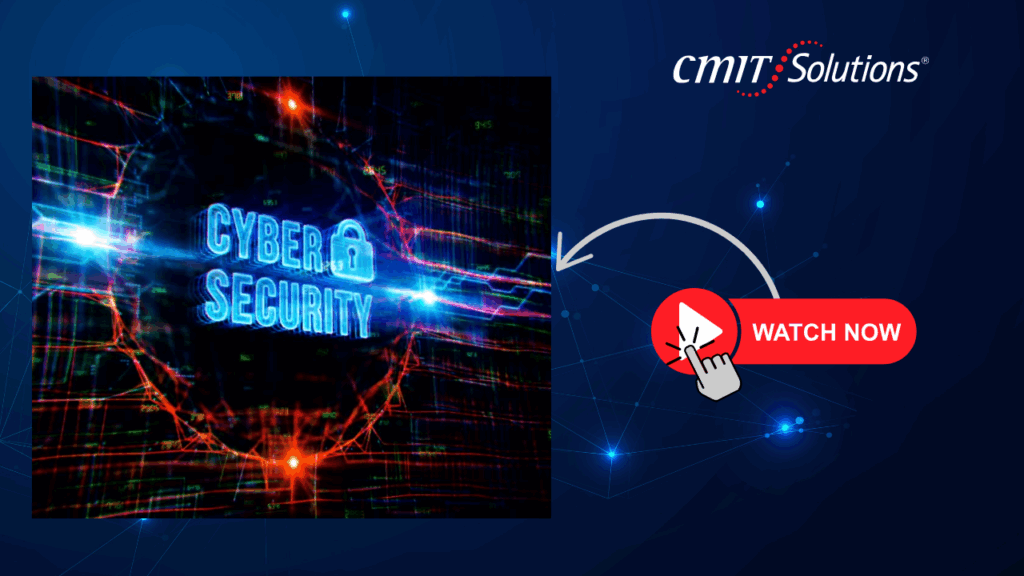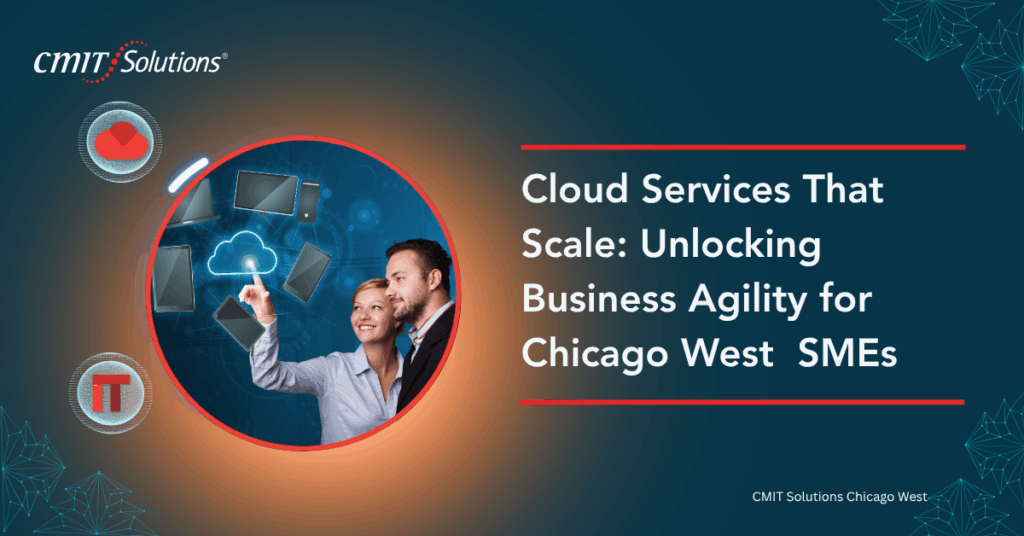Introduction: The Rising Tide of Ransomware in 2025
Businesses across Chicago West have recognized that outdated strategies are no match for modern ransomware campaigns. Many have begun to rethink their IT strategy to prioritize proactive cybersecurity. In fact, some are using digital transformation as a security strategy to drive both protection and performance.
Yet, hope is not lost. Companies that prioritize cyber resilience—developing strategies to prevent, withstand, and rapidly recover from attacks—are finding ways to stay one step ahead. From cloud-based recovery to proactive endpoint protection and smarter compliance strategies, the path to resilience is both achievable and essential.
What Is Cyber Resilience?
Cyber resilience is the ability of an organization to anticipate, withstand, recover from, and adapt to cyberattacks. It goes beyond traditional cybersecurity by not only focusing on preventing attacks but also ensuring continuity during and after a breach. A cyber-resilient business can maintain operations, safeguard data, and rebound quickly—making it an essential strategic focus in 2025.
This concept integrates proactive defense, such as firewalls and anti-malware tools, with reactive capabilities like data recovery, incident response, and communication strategies. In the context of ransomware, cyber resilience means having systems in place to mitigate damage, protect critical assets, and ensure fast recovery.Companies that embrace a proactive, multi-layered defense model are far more likely to avoid or recover quickly from ransomware incidents. By working with trusted local experts and leveraging advanced technologies, businesses can create a cyber shield tailored to their industry, size, and risk exposure.
Beyond Backups: Evolving Ransomware Defenses
Traditionally, businesses relied heavily on data backups to recover from ransomware. While backups remain crucial, they are not sufficient alone. Today’s defenses include immutable backups, behavior-based threat detection, and Zero Trust Architecture (ZTA). With scalable cloud solutions, such as those that unlock agility, businesses gain resilience and speed in restoration.
Endpoint Detection and Response (EDR) tools can further minimize damage by quarantining infections. These tools provide the necessary containment until broader remediation begins.
The Role of Local IT Providers in Ransomware Prevention
One of the most effective strategies is partnering with a provider who understands the local landscape. Many companies are increasingly choosing local MSPs in Chicago West for tailored support and regional compliance expertise.
Local managed services ensure that you’re not waiting in a help desk queue when disaster strikes.
AI-Powered Cybersecurity: The Next Defense Layer
AI-enabled platforms offer rapid detection and response capabilities that far exceed legacy systems. By monitoring patterns and adapting to new attack vectors, these solutions provide a dynamic edge in defense. Companies are also leveraging intelligent apps to boost both productivity and security.
Incident Response Planning: A Cybersecurity Must-Have
An incident response plan defines how an organization reacts when under siege. It streamlines escalation, communication, and restoration. Regular simulations and assessments, rooted in digital transformation playbooks, help teams maintain preparedness.
Business continuity is impossible without a solid recovery roadmap. It’s a foundational component of cyber resilience.
Compliance and Cyber Insurance: Double Safeguards
Regulatory compliance isn’t just about audits—it reduces attack surfaces. HIPAA, PCI-DSS, and other standards lay a framework that supports cybersecurity and eligibility for insurance coverage. By overcoming compliance challenges, companies can strengthen their cyber insurance position.
Healthcare organizations, for instance, can benefit from HIPAA-aligned IT solutions that protect patient records and maintain service reliability.
Building a Resilient Infrastructure: Innovations to Watch
Cyber resilience requires robust, modern infrastructure. Technologies like UCaaS, virtual desktops, and VPNs enhance continuity when systems are under threat. For instance, UCaaS security features protect calls, chats, and virtual meetings.
Emerging IT infrastructure innovations like containerized applications and redundancy measures allow for flexible scaling while maintaining security.
Digital Transformation as a Security Strategy
Companies that undergo IT modernization are often more secure. Integrated platforms reduce vulnerabilities by aligning systems with updated IT strategies.
To streamline operations and enhance security posture, businesses increasingly turn to managed IT services that deliver comprehensive support.
-
Strengthening Endpoint Management
Modern digital transformation strategies prioritize visibility and control over endpoints. With employees working across various locations and devices, endpoint protection becomes critical. Solutions such as automated updates and patch management help reduce vulnerability windows.
Companies deploying unified endpoint platforms benefit from stronger security and fewer gaps in compliance. This is particularly valuable in industries bound by regulations, as seen in compliance-driven IT solutions.
-
Leveraging the Cloud for Secure Access
Cloud adoption remains a core pillar of digital transformation. By migrating to flexible, secure platforms, businesses gain both agility and protection. Services designed with scalability and security in mind—like those highlighted in cloud agility solutions—are helping SMBs stay resilient.
Cloud solutions support encrypted access, seamless backups, and centralized control—all of which strengthen resilience against ransomware.
-
Automating Security Through AI and Intelligent Apps
Intelligent automation enhances digital transformation efforts by detecting, responding to, and mitigating cyber risks in real time. Integrating AI-based threat detection within everyday business applications allows teams to focus on core operations while systems monitor and react.
Businesses can explore tools that boost productivity and protection, integrating intelligent apps into collaboration, communication, and decision-making workflows.
Forecasting the Future: Cybersecurity Trends for the Year Ahead
Looking ahead, businesses must prepare for AI-driven phishing, supply chain risks, and compliance complexity. MSPs can guide companies through proactive updates and continuous monitoring. A detailed cybersecurity forecast reveals the urgency of shifting from passive to active cybersecurity models.
Real-World Resilience: Lessons from the Field
Industries like healthcare and construction are leading examples of tailored cyber resilience. In the construction sector, technology-enabled IT services enable secure field connectivity and efficient project workflows.
These examples highlight the importance of industry-specific IT design.
Your Local Cybersecurity Partner in 2025
When seconds count, your IT partner should be ready. From ransomware response to compliance strategies, your local expert offers speed, insight, and trust. Connect with CMIT Solutions of Chicago West to fortify your business today.
Explore our Chicago West services to see how we protect and grow local businesses.






